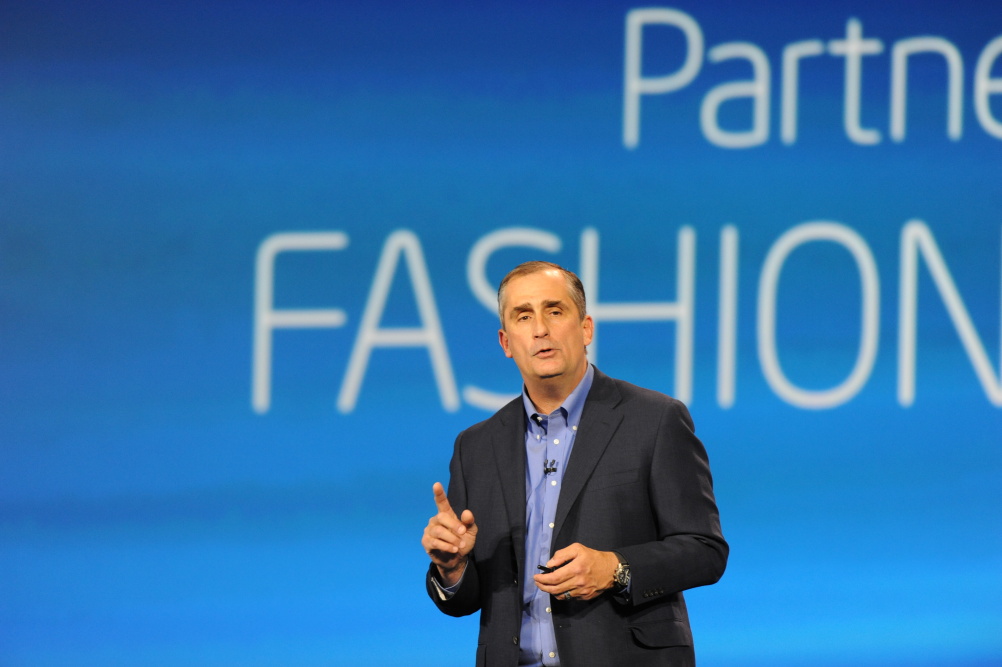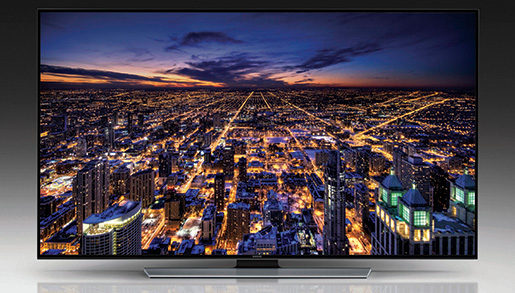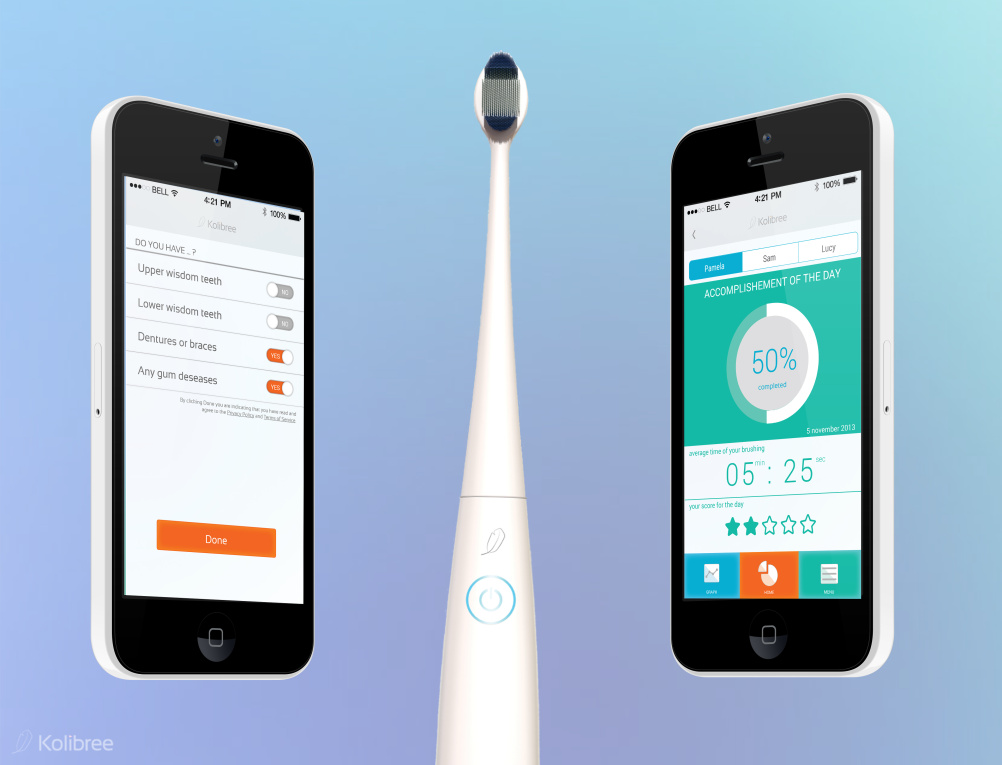Five big things at CES
We highlight the five big trends at this year’s Consumer Electronics Show in Las Vegas. Some are old, some are new, but all are dominating discussion.
Wearable tech
The wearable tech trend has been around for some time now (not even Sony’s ‘smartwig’ plans have killed it off) so it’s no surprise to see wearable tech dominating this year’s CES.
Alongside big-name launches such as the Sony SmartBand, and the LG Lifeband Touch, there are more niche products, such as the Neatmo smart jewellery, which monitor’s your skin’s UV exposure, and Liquid Image’s snow goggles with contained cameras.
These launches have led to discussions around how comfortable consumers will feel about these products collecting and sharing their data, and a more obvious business question – will anyone want to buy them?
While they might not yet have answers for the data-sharing issue, manufacturers are being proactive around the issue of desirability, which has led to the second big trend – tie-ups with fashion designers.
Geeks get fashionable

Having grasped the notion that wearable tech will only be a success if people want to be seen wearing it, several manufacturers have used CES to launch partnerships and collaborations with fashion houses.
Intel launched a partnership with Barneys, fashion label Opening Ceremony and the Council of Fashion Designers for America, with the aim of developing wearable products to bring to market.
Meanwhile Fitbit is linking up with fashion house Tory Burch to develop a fashion-led version of its Fitbit Flex product.
These partnerships follow recent moves by other tech companies notably Apple, which reportedly hired Nike product designer Ben Shaffer, who worked on the Nike Flyknit show, at the end of last year.
Curved screens
The intitial CES headlines have been hijacked by film director Michael Bay’s on-stage teleprompter-based meltdown, which is unfortunate for Samsung, as Bay’s walk-off rather overshadowed the launch of its Curved 105-inch UHD TV.
The 11 million pixel model aims to replicate the experience of a cinema and reportedly costs more than $100 000.
The curved screen trend is big at CES, with several other manufacturers following the trend. LG is launching not just a curved TV, but also a curved screen smartphone, which aims to fit in with the curves of the users face.
Meanwhile Panasonic and Chinese manufacturer Hisense also unveiled their own ranges of bendy TVs.
Super hi-res TVs

And it’s not just curved models that have led some commentators to dub this year’s CES as ‘the year of the TV’ – with a number of manufacturers also launching 4k Ultra HD TV’s with higher resolutions, better colour depth and improved sound.
Samsung, Sony and LG have unveiled their own ranges of Ultra-high definition sets – although cost remains an issue, judging by the reported $100k price-tag on Samsung’s top-range offer.
Smart TVs are also a big trend – and form part of another major talking point (one that has also dominated CES in previous years) The Internet of Things
The Internet of Things

The ever-connected world has been promised to consumers for so long that some commentators appear to be getting Internet of Things-fatigue. Charles Arthur in the Guardian writes memorably of Internet fridges as ‘the zombie idea that will never, ever happen’.
Nevertheless, the Internet of Things remains a dominating theme at CES, with this year’s edition promising any number of connected devices.
Fridges aren’t the only white goods being brought up to date, with thermostats, home audio devices and even a toothbrush – from French manufacturer Kolibree – lined up.
Whether or not this moves things on from the HAPIfork – a Bluetooth-enabled fork unveiled at last year’s CES – is a moot point.
-
Post a comment




